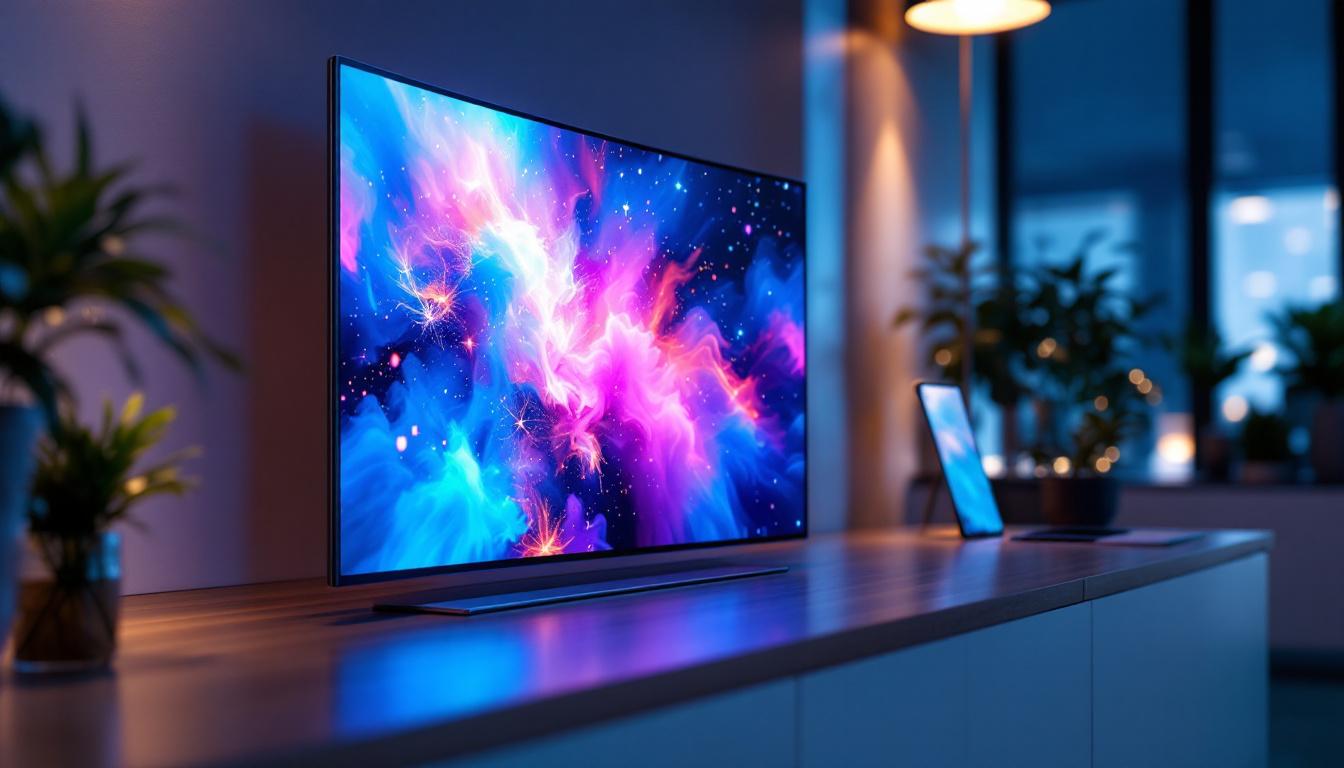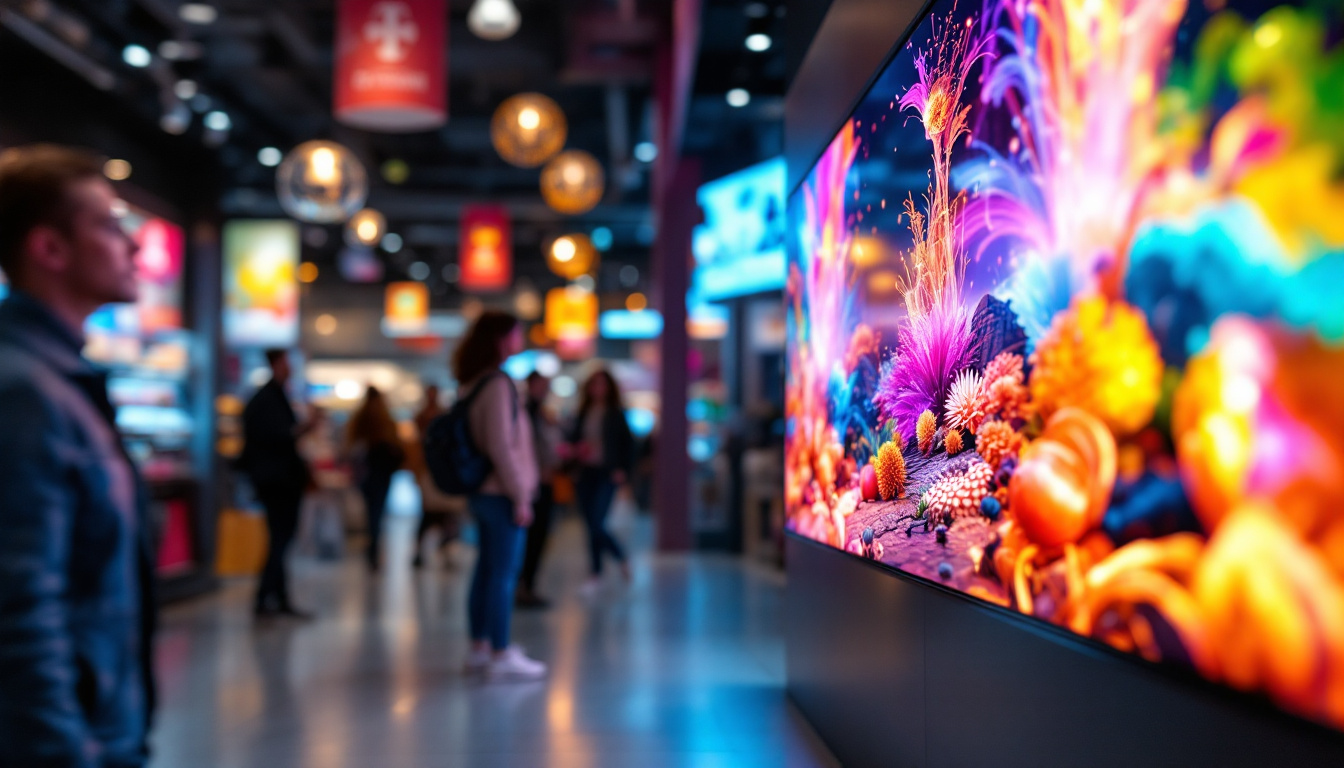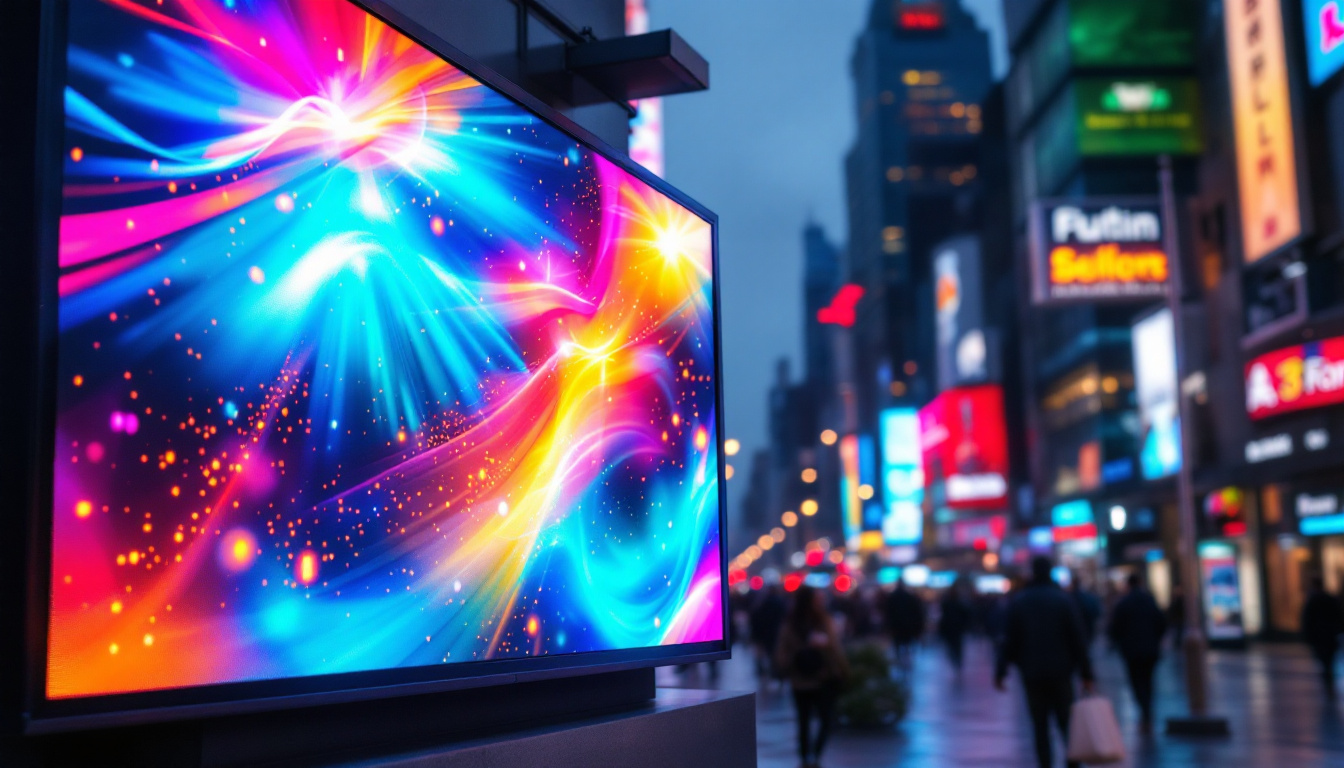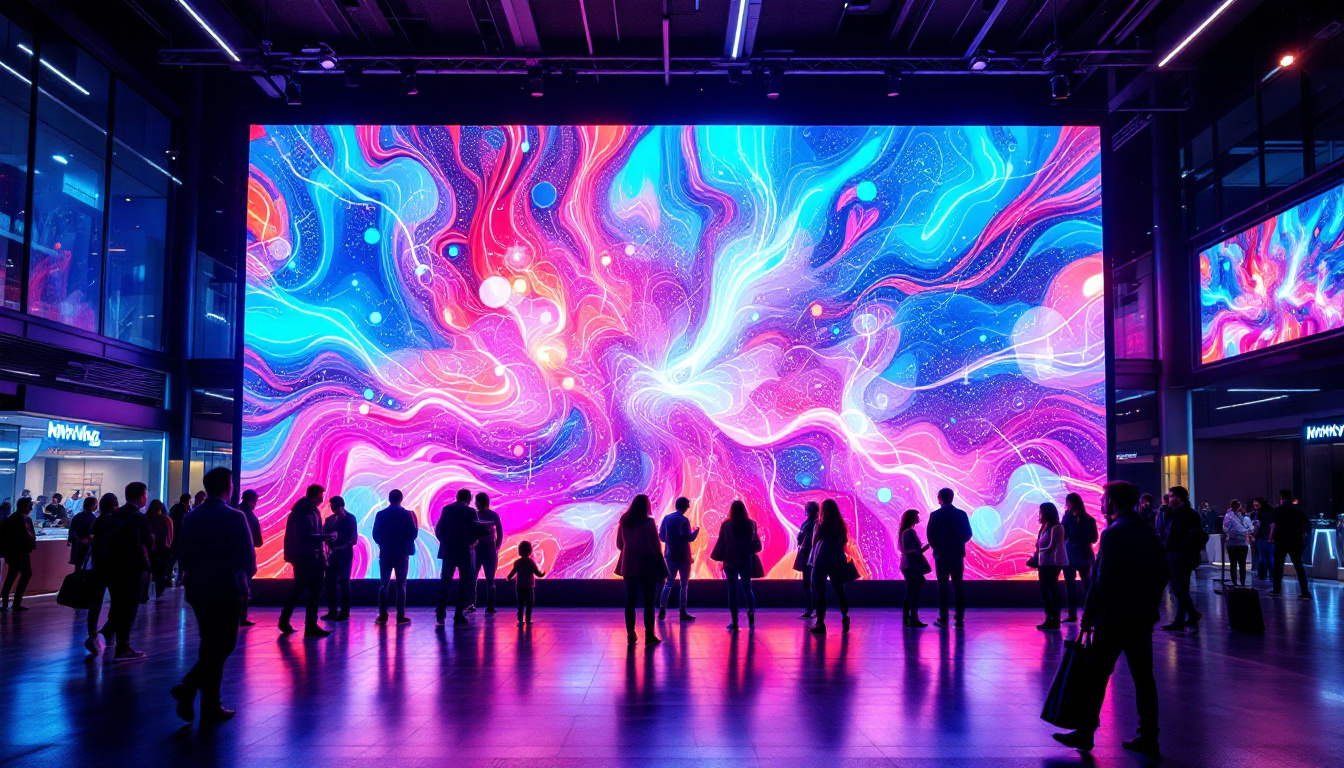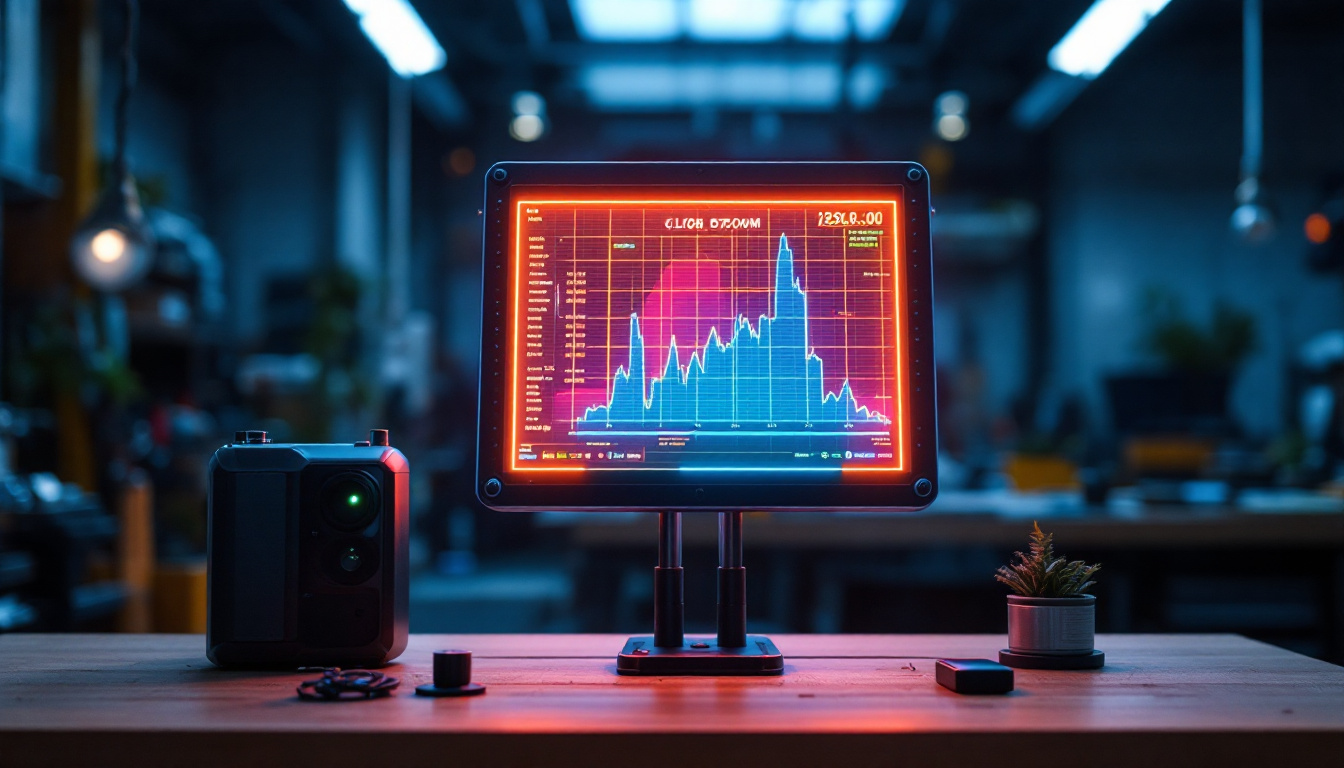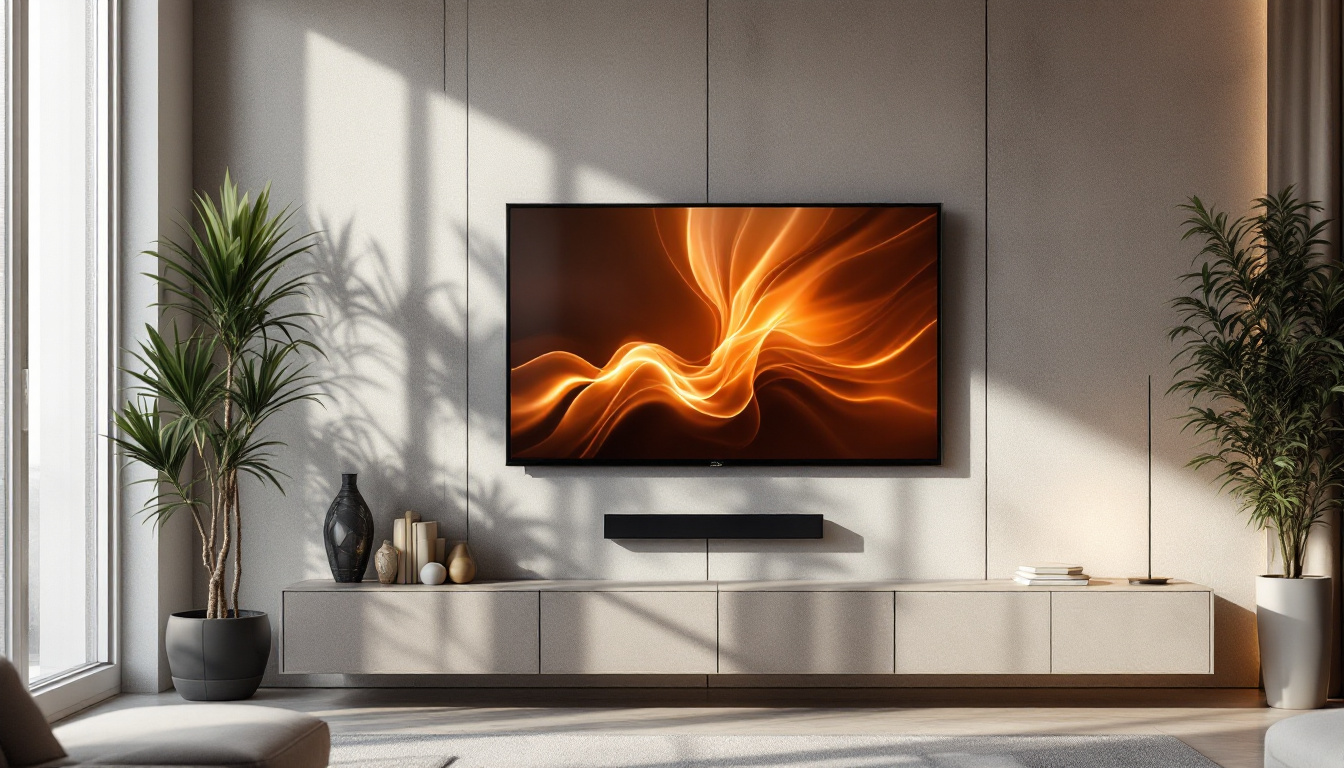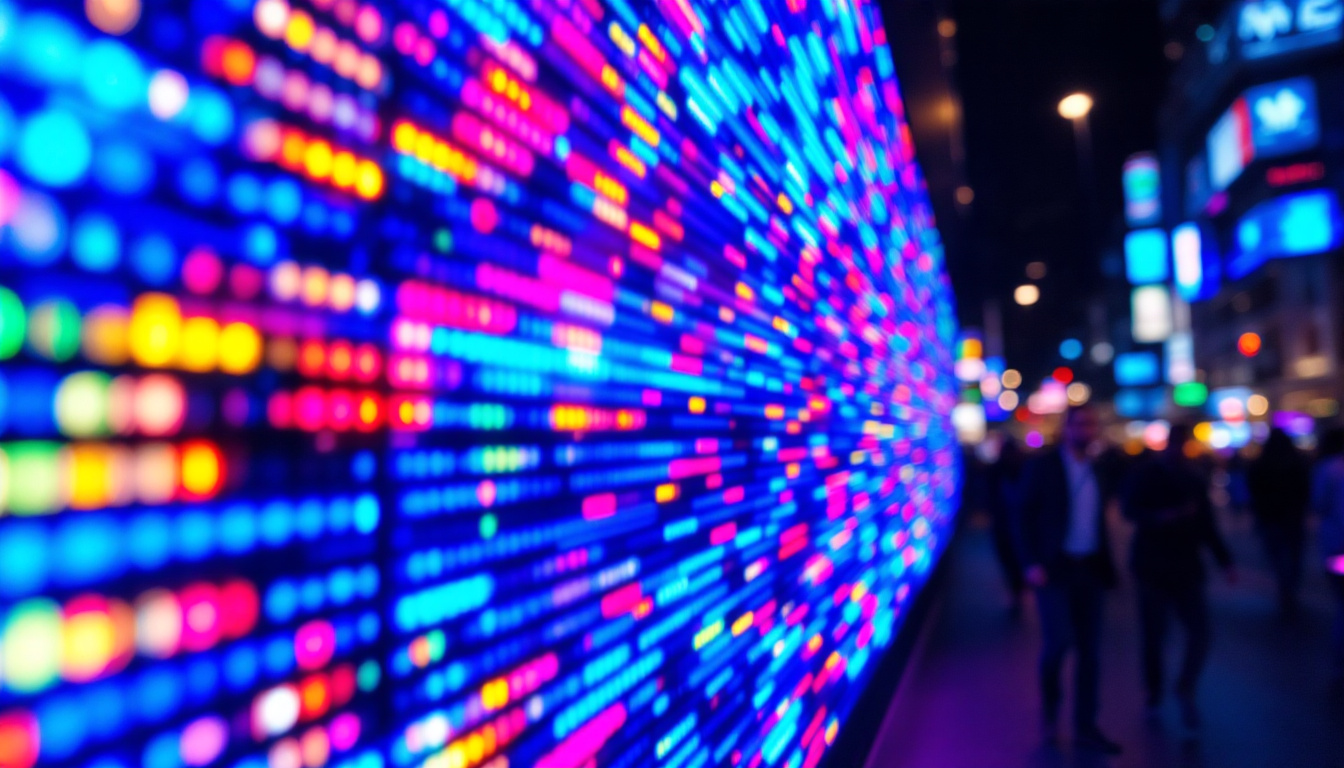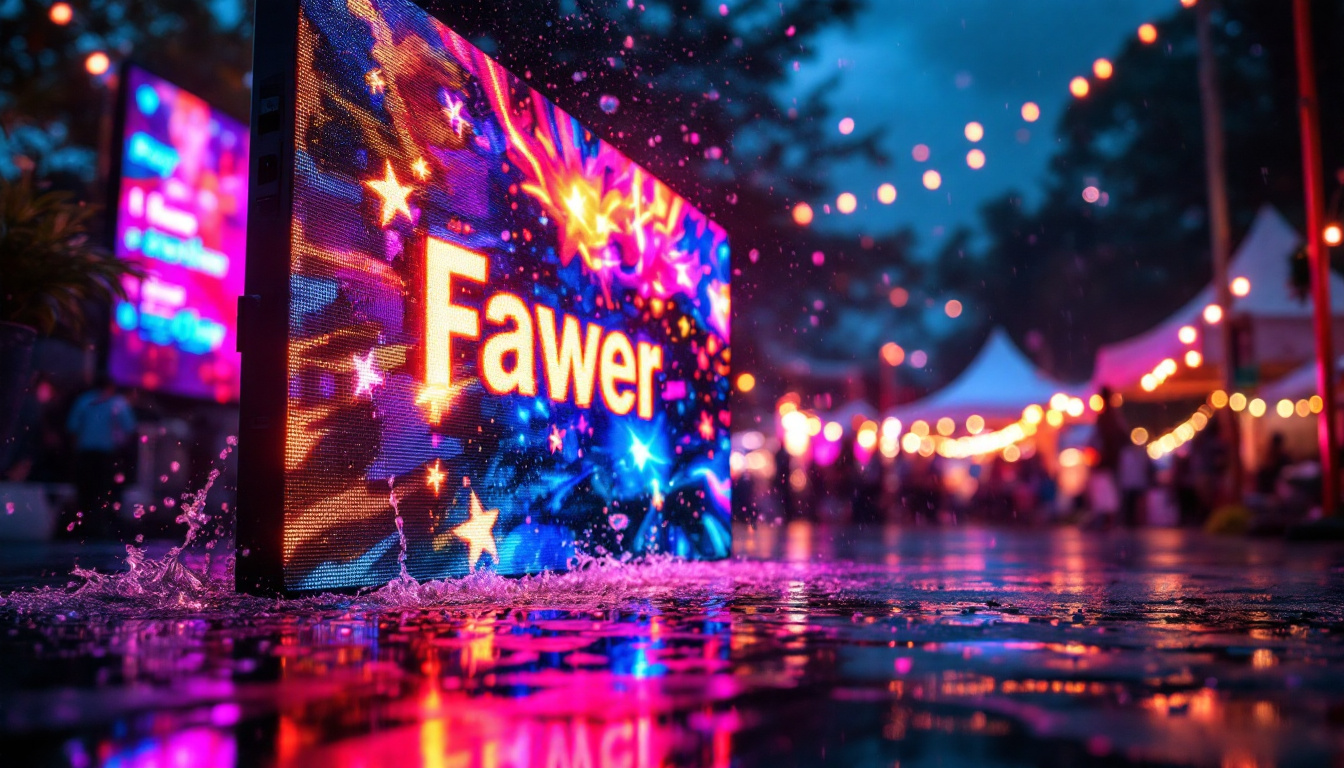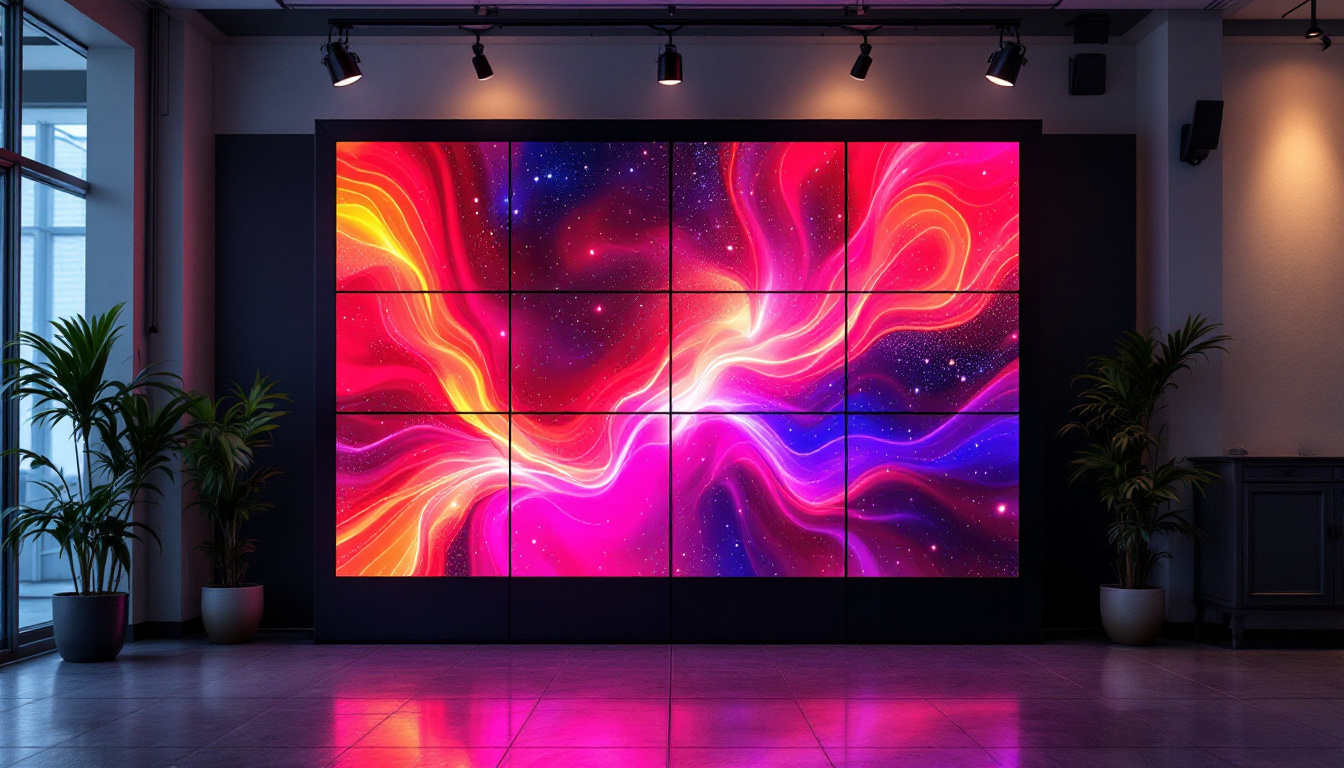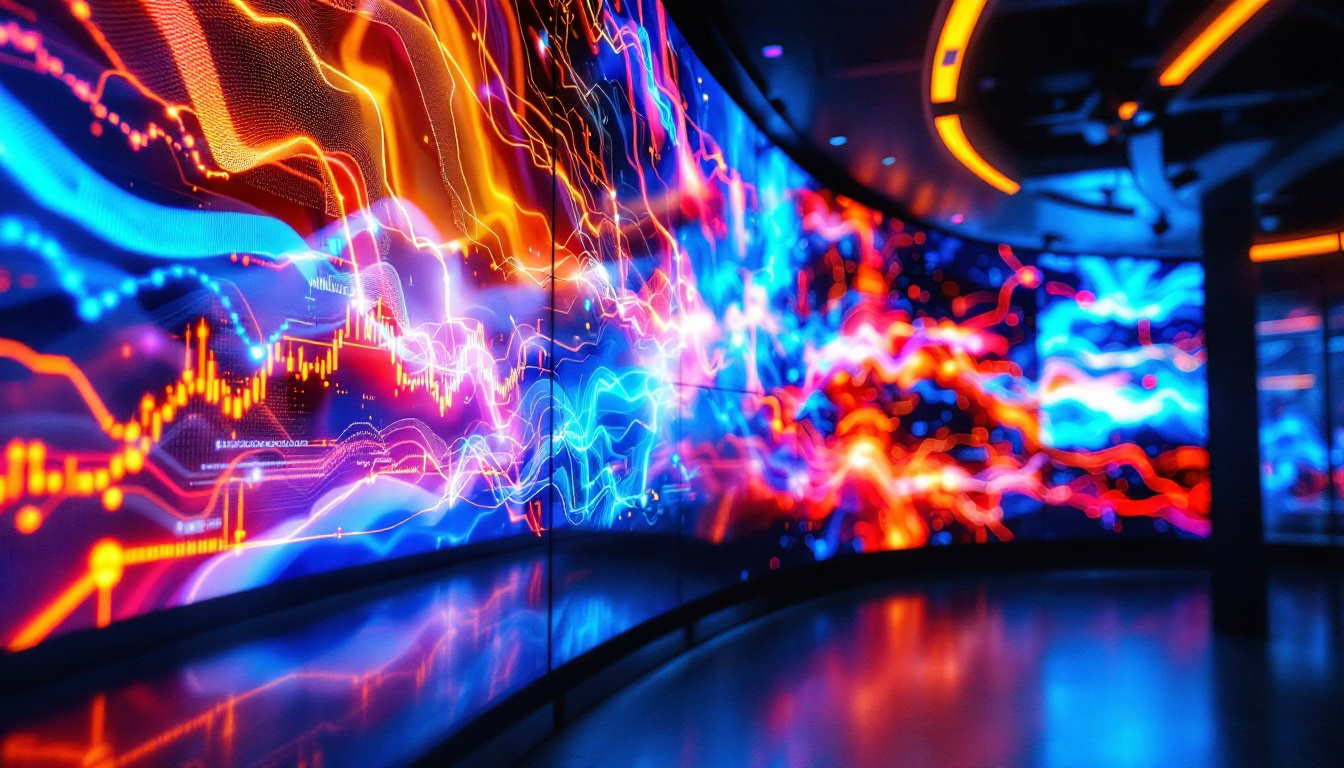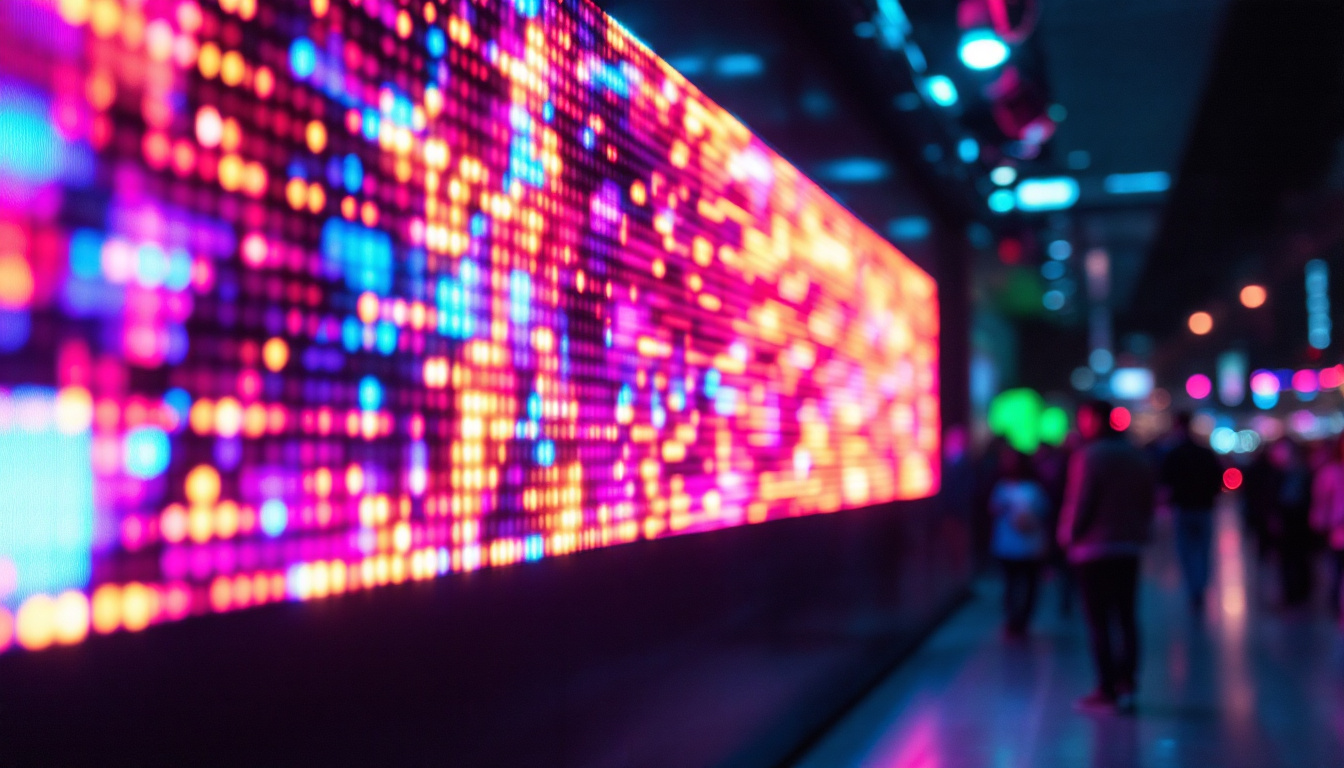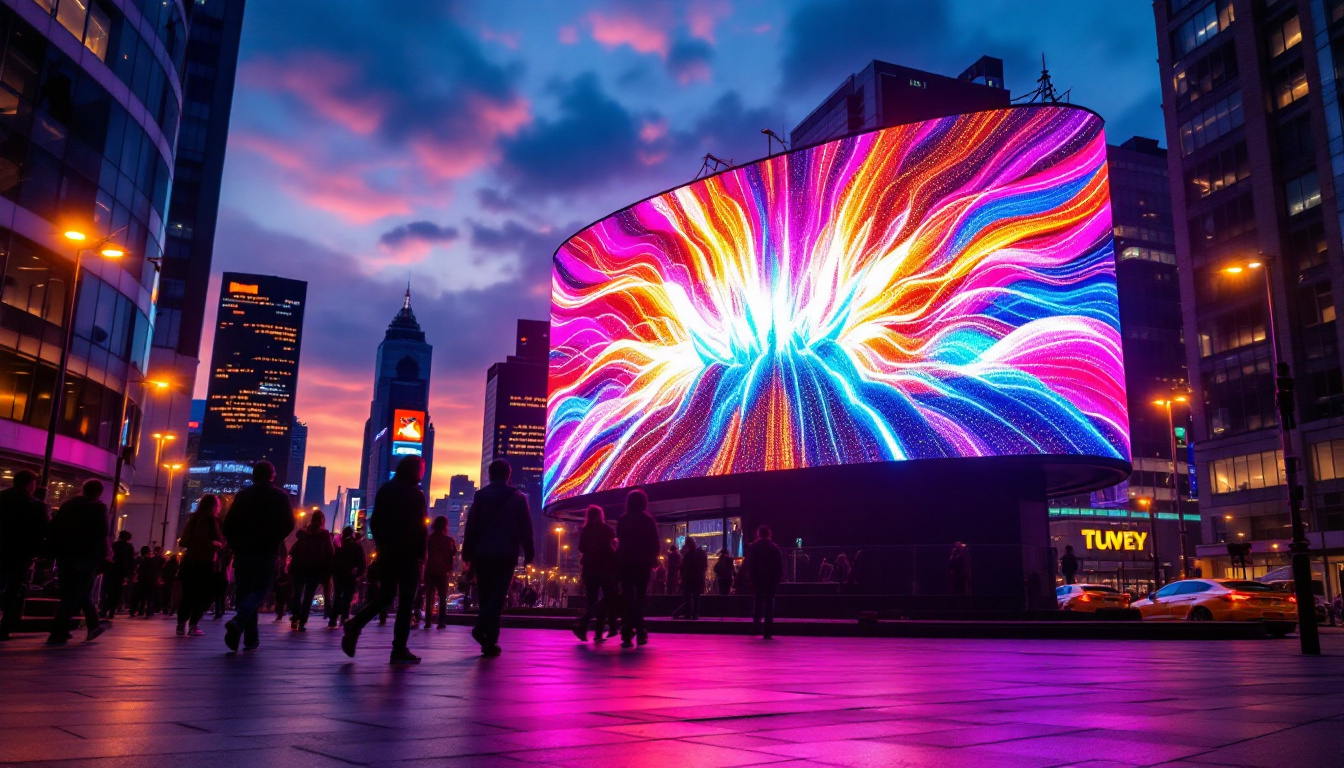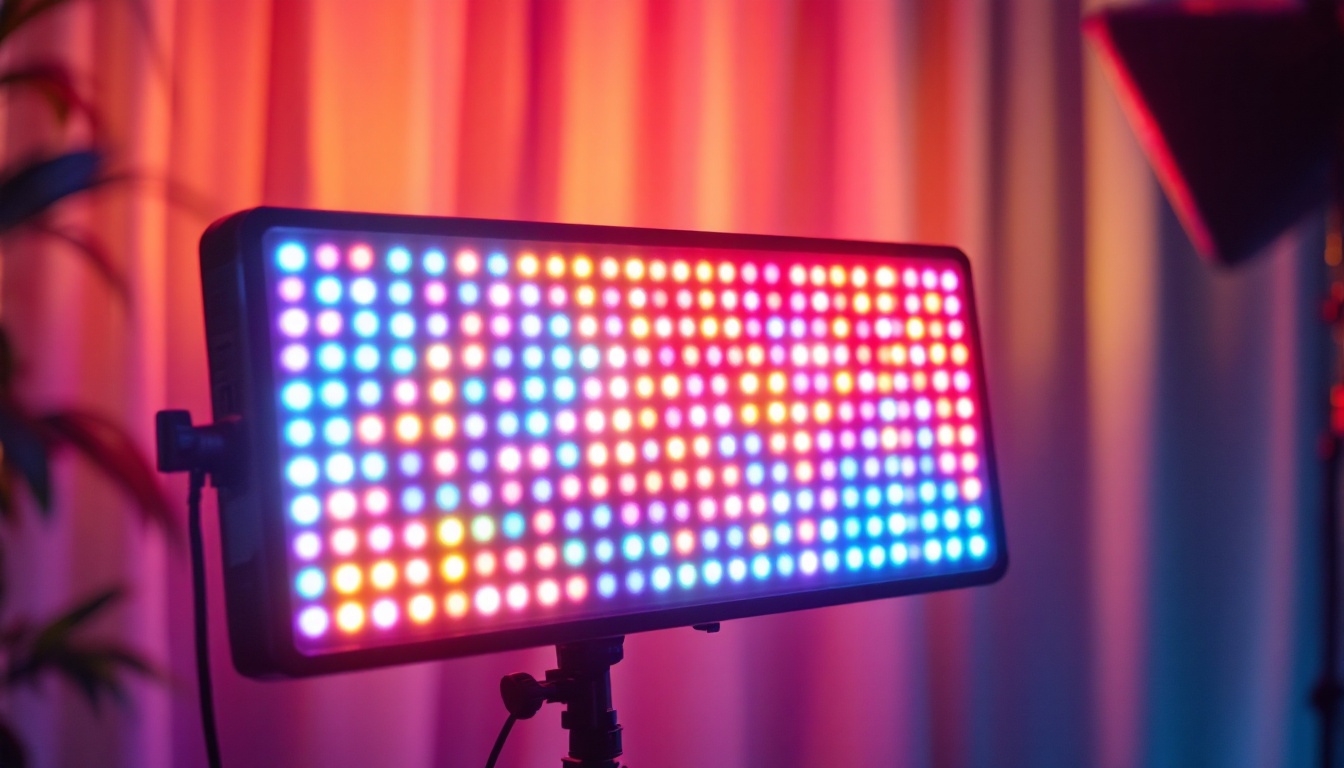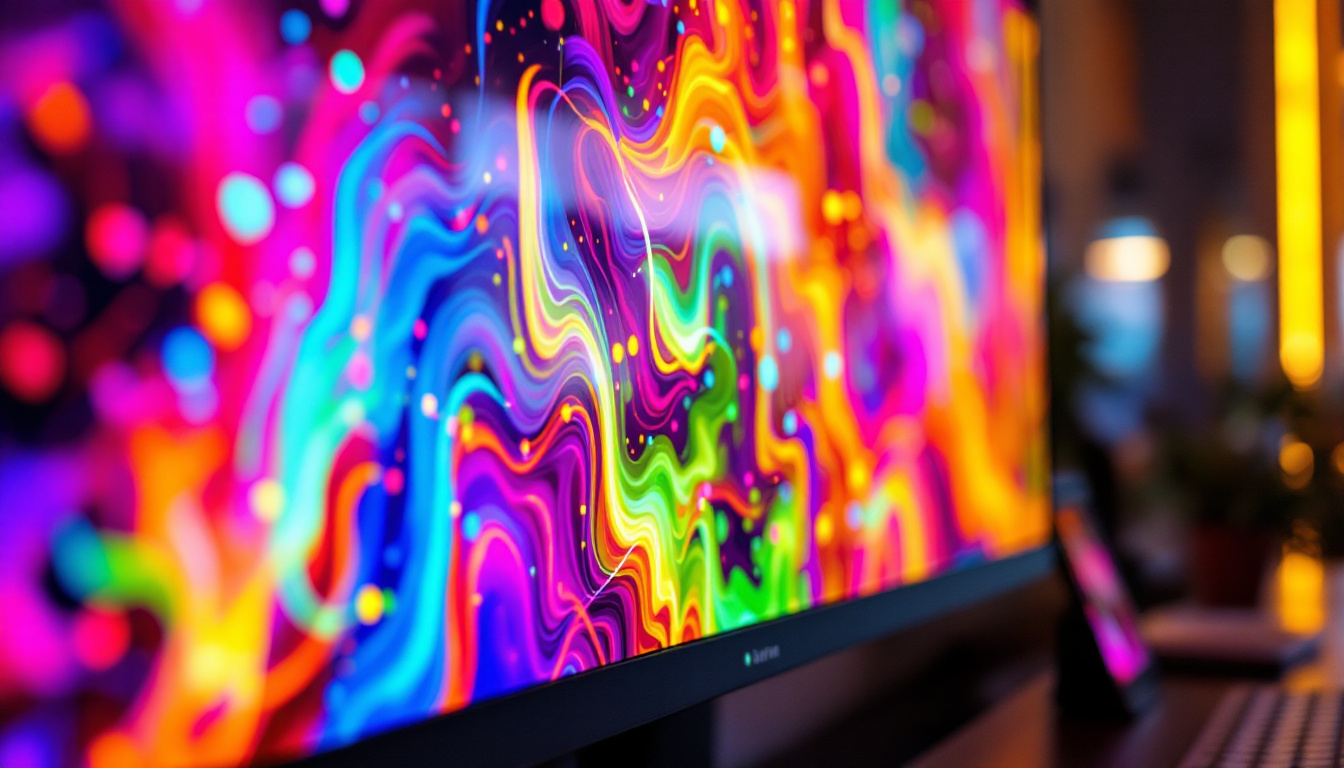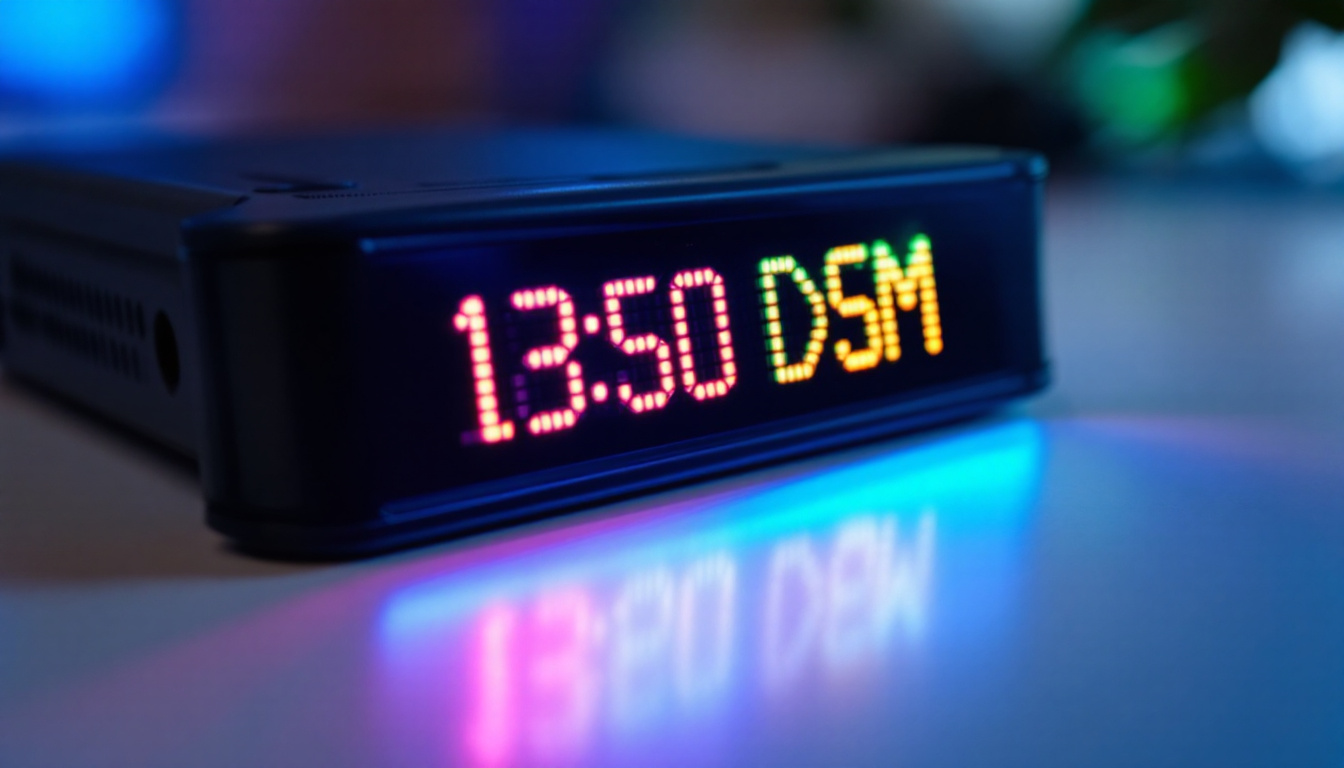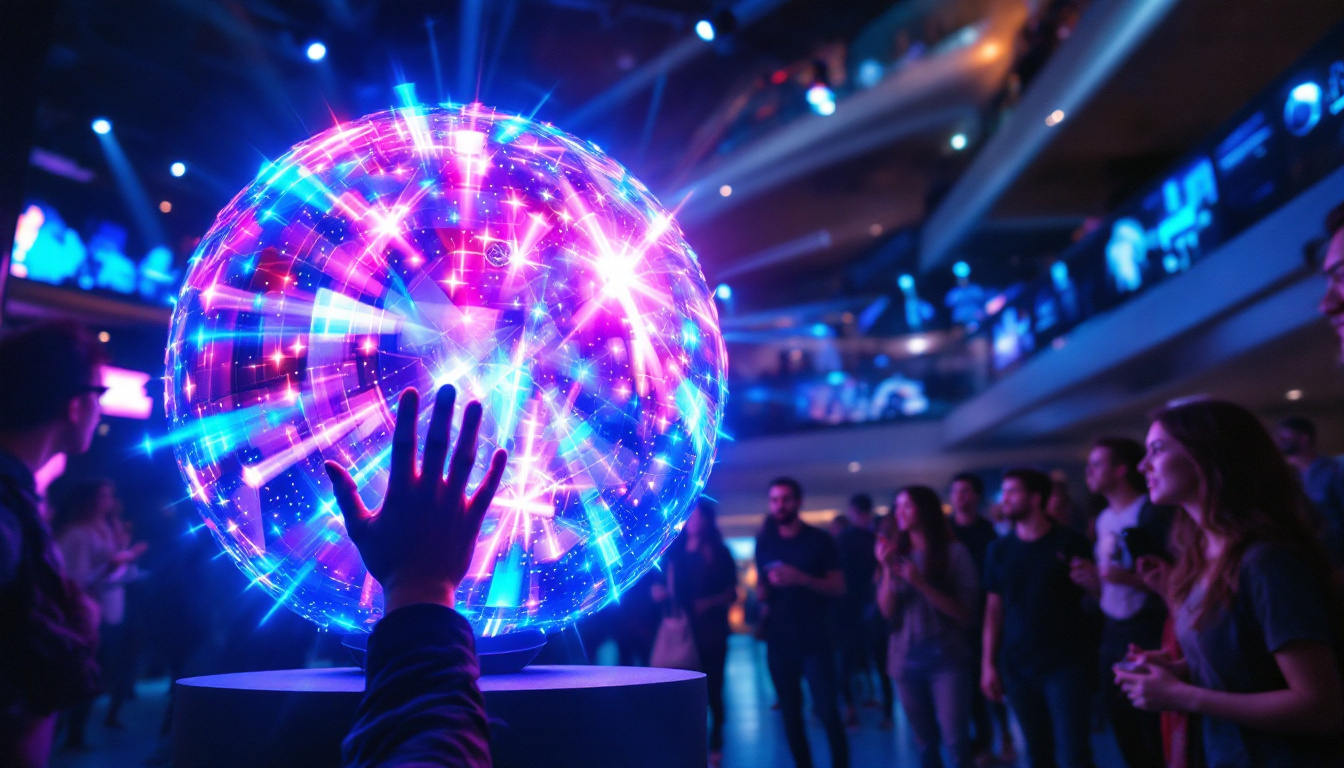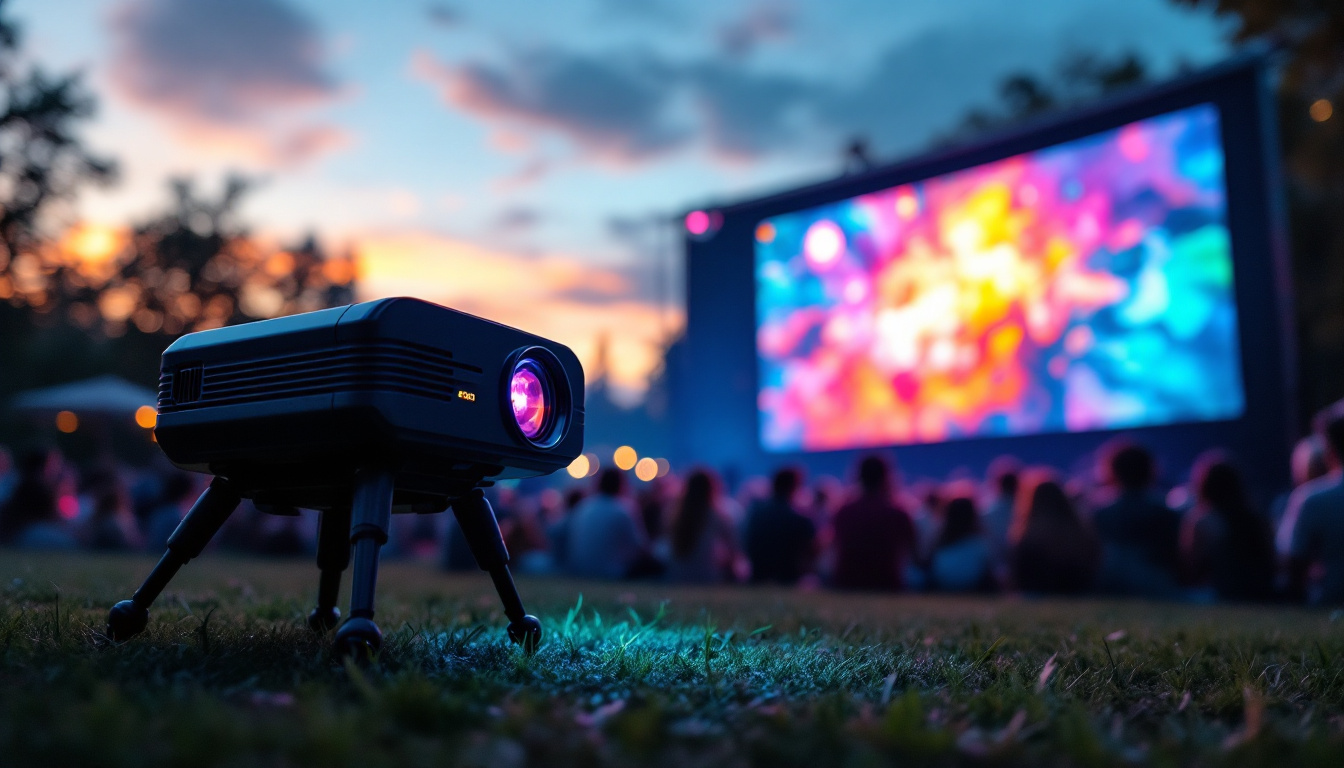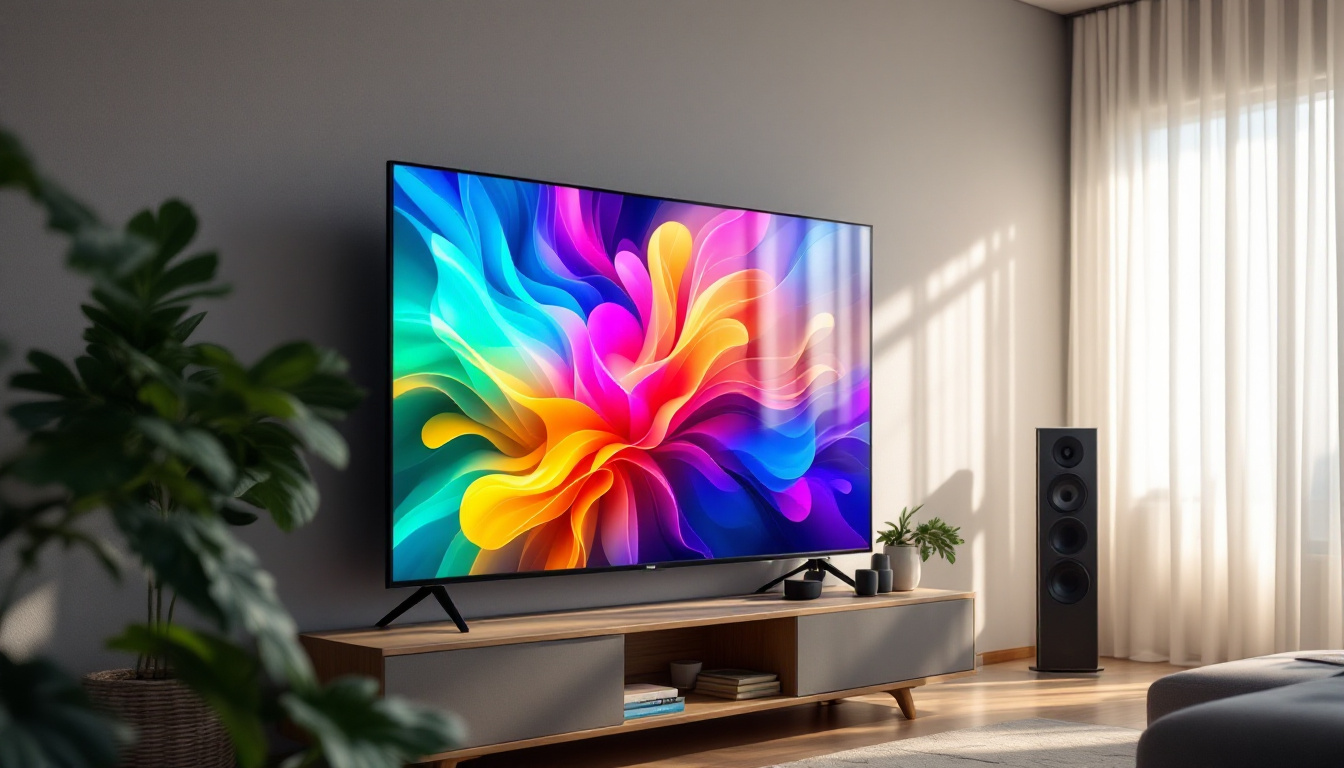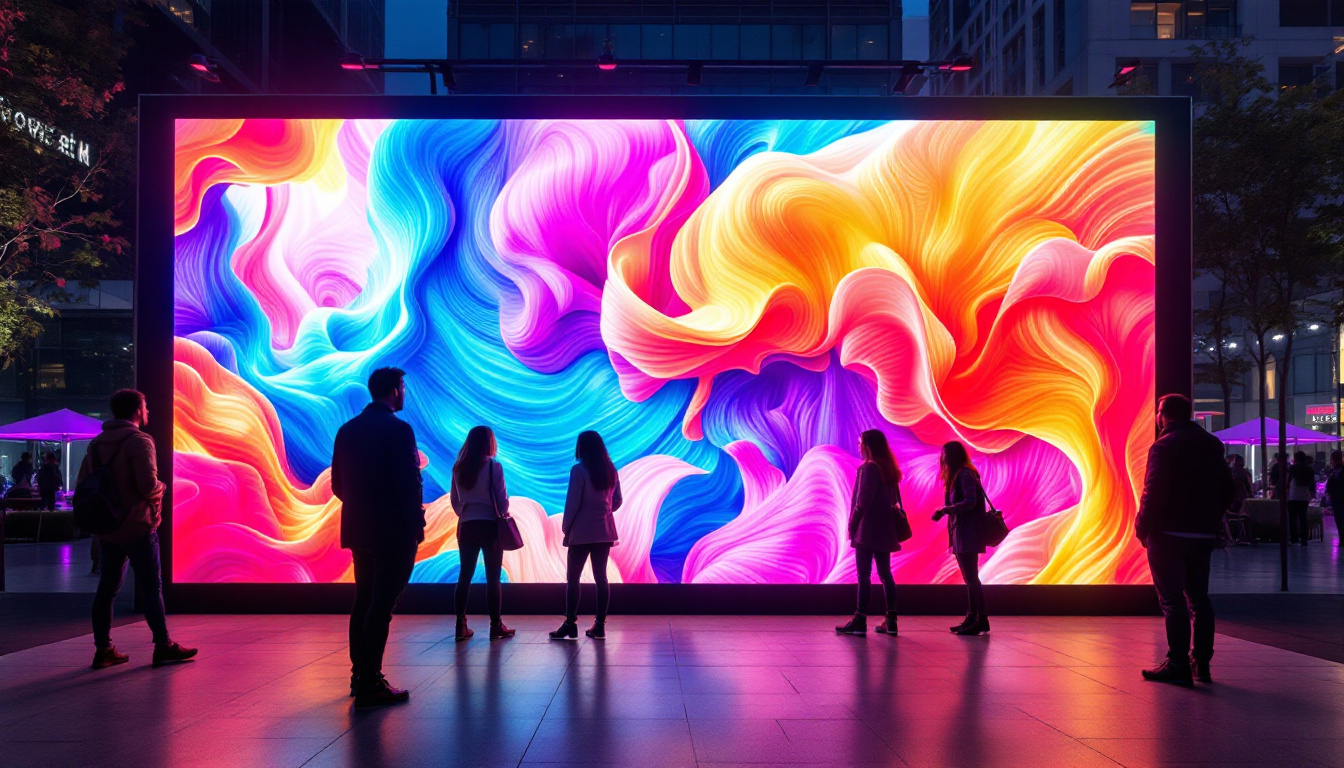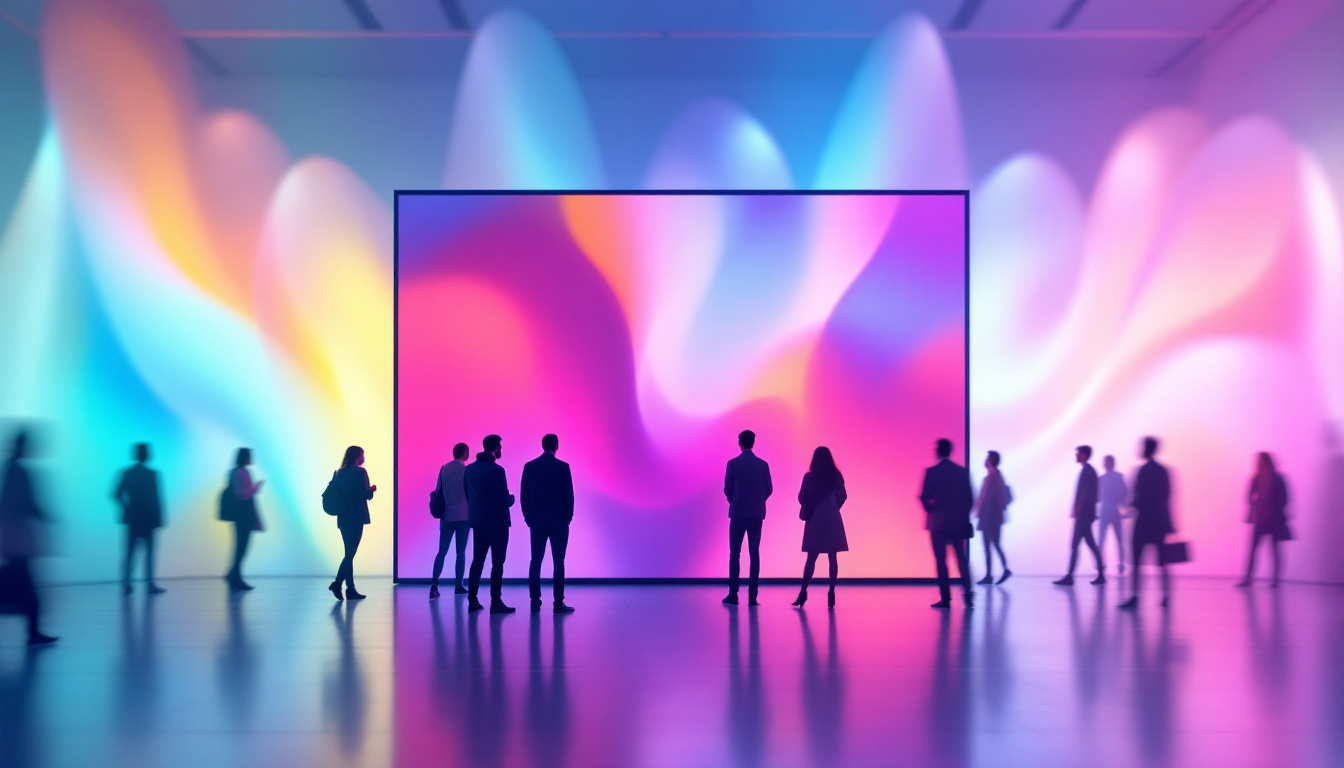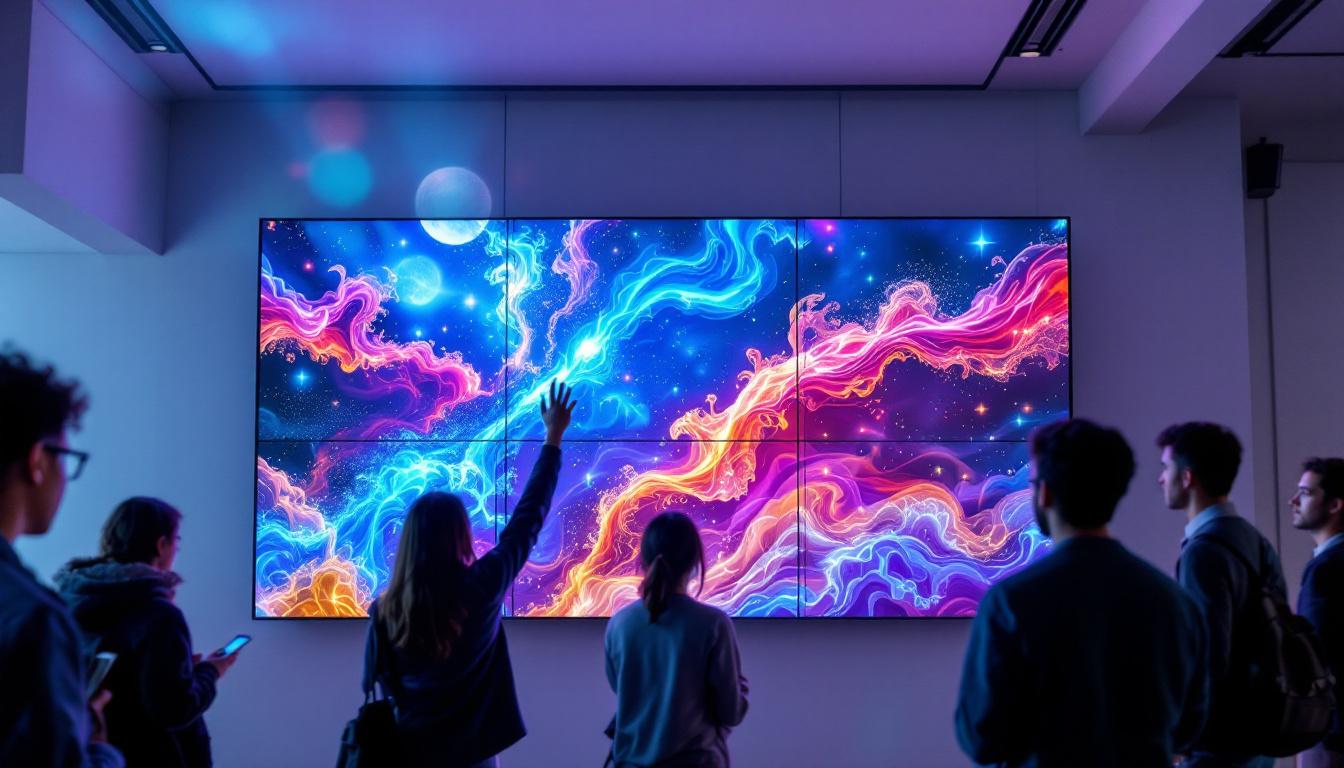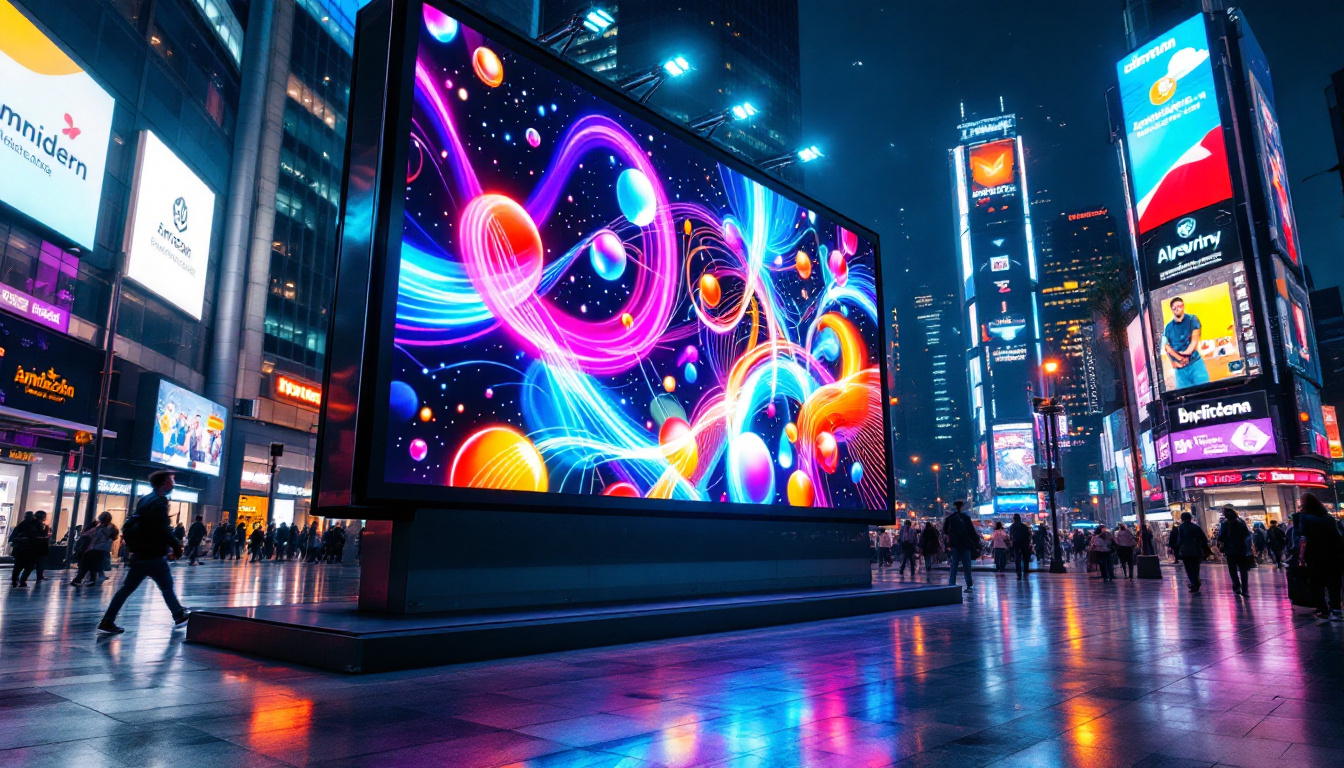In the rapidly evolving world of display technology, ultra-thin flexible Bluetooth LED screens represent a cutting-edge innovation that is reshaping how we visualize information and interact with digital content. These displays combine flexibility, wireless connectivity, and high-definition visuals, opening doors to applications that were once considered futuristic.
This article delves into the technology behind ultra-thin flexible Bluetooth LED screens, exploring their design, functionality, applications, and the future potential of this transformative display technology.
Understanding LED Display Technology
What is an LED Display?
LED stands for Light Emitting Diode, a semiconductor device that emits light when an electric current passes through it. LED displays use arrays of these tiny diodes to create images and videos by controlling the intensity and color of each diode. Compared to traditional LCD or plasma screens, LED displays offer superior brightness, energy efficiency, and longevity.
LED technology is widely used in various display formats, from large outdoor billboards to indoor television screens. The fundamental advantage lies in its ability to produce vivid colors and high contrast ratios, making images more vibrant and clear even under bright lighting conditions. Furthermore, LED displays can be designed to be more environmentally friendly, as they consume less power and have a longer lifespan, reducing the frequency of replacements and waste. This energy efficiency not only benefits the environment but also translates into lower operating costs for businesses utilizing these displays for advertising or information dissemination.
The Evolution to Flexible LED Screens
Traditional LED screens are rigid and bulky, limiting their installation options and design flexibility. However, advancements in materials science and microfabrication have led to the development of flexible LED displays. These screens use ultra-thin substrates such as flexible printed circuit boards (FPCBs) and organic materials that allow the display to bend, fold, or roll without damaging the LEDs.
This flexibility enables innovative applications, including wearable displays, curved advertising panels, and foldable smartphones. The ultra-thin design also reduces weight and thickness, making these displays more portable and easier to integrate into various environments. Moreover, the ability to create non-linear shapes opens up new avenues for artistic expression and functional design, allowing architects and designers to incorporate dynamic visual elements into their projects. For instance, flexible LED screens can be seamlessly integrated into building facades, creating stunning light displays that can transform the appearance of a structure and engage viewers in unique ways. As technology continues to advance, we can expect even more creative uses for flexible LED displays in everyday life, revolutionizing how we interact with visual content.
The Role of Bluetooth in Flexible LED Displays
Why Integrate Bluetooth Connectivity?
Bluetooth technology provides a wireless communication protocol that enables devices to connect and exchange data over short distances. Integrating Bluetooth into flexible LED screens eliminates the need for cumbersome wiring, allowing for seamless installation and greater mobility.
For example, a flexible LED display embedded in clothing or accessories can wirelessly receive content updates from a smartphone or computer. In retail environments, Bluetooth-enabled screens can be easily repositioned or reconfigured without the hassle of reconnecting cables, enhancing the user experience and operational efficiency. This flexibility not only streamlines the installation process but also allows for dynamic advertising that can be tailored in real-time to suit various marketing strategies. Imagine a fashion show where the LED displays adapt instantly to showcase different brands or products, creating an immersive experience for the audience.
Technical Considerations for Bluetooth Integration
Incorporating Bluetooth into LED displays requires careful attention to power consumption, signal stability, and data throughput. Bluetooth Low Energy (BLE) is often preferred due to its minimal power requirements, which is crucial for battery-operated flexible displays.
Moreover, ensuring a stable connection in environments with multiple wireless devices demands robust interference management and secure pairing protocols. Advances in Bluetooth 5.0 and beyond have significantly improved range, speed, and reliability, making them well-suited for modern flexible LED applications. Additionally, the integration of mesh networking capabilities allows multiple displays to communicate with each other, creating a synchronized visual experience across a larger area. This is particularly beneficial for events or exhibitions where multiple displays can work in unison to create a cohesive and engaging atmosphere, enhancing the overall impact of the visual presentation.
Design and Manufacturing of Ultra-Thin Flexible Bluetooth LED Screens
Materials and Components
The backbone of ultra-thin flexible LED screens lies in the use of bendable substrates such as polyimide films or flexible glass. These materials provide mechanical flexibility while maintaining electrical integrity. The LEDs themselves are often miniaturized micro-LEDs or organic LEDs (OLEDs), which are inherently thin and flexible. The choice of substrate is critical, as it not only influences the display’s flexibility but also its thermal and optical properties, which are essential for achieving vibrant colors and efficient light emission.
Flexible printed circuit boards (FPCBs) connect the LEDs and control electronics, designed to withstand repeated bending without failure. Additionally, encapsulation layers protect the delicate components from moisture, dust, and mechanical damage. The encapsulation materials must be carefully selected to ensure they do not interfere with the display’s optical performance while providing robust protection. Furthermore, advancements in nanotechnology are paving the way for even more effective encapsulation solutions, enhancing durability without compromising on the display’s thin profile.
Manufacturing Challenges and Solutions
Producing flexible LED displays involves complex processes such as thin-film deposition, photolithography, and precision assembly. Maintaining uniform brightness and color accuracy across a flexible surface is challenging due to potential mechanical stress and material inconsistencies. Variations in the substrate or LED placement can lead to noticeable defects in the final product, making precision engineering paramount. Moreover, the integration of Bluetooth technology adds another layer of complexity, requiring seamless communication between the display and external devices while ensuring low power consumption.
To address these issues, manufacturers employ advanced quality control techniques, including automated optical inspection and real-time electrical testing. Innovations in printing technologies, like roll-to-roll manufacturing, are also driving down costs and enabling large-scale production of flexible LED panels. This method allows for continuous processing of materials, significantly increasing efficiency and reducing waste. Additionally, the exploration of new materials, such as graphene and other conductive polymers, holds promise for enhancing the performance and flexibility of future displays, potentially leading to applications in wearable technology and smart textiles.
Applications of Ultra-Thin Flexible Bluetooth LED Screens
Wearable Technology and Fashion
One of the most exciting applications of flexible Bluetooth LED screens is in wearable technology. Designers are integrating these displays into clothing, accessories, and even footwear to create dynamic, customizable fashion statements. For instance, concert-goers can wear shirts that display live visuals or messages, synchronized via Bluetooth from their smartphones.
Beyond aesthetics, these wearable displays can provide real-time information such as health metrics, navigation prompts, or notifications, enhancing both style and functionality.
Advertising and Retail Displays
Retailers and advertisers benefit from the adaptability of flexible LED screens to create eye-catching, immersive experiences. Ultra-thin displays can wrap around curved surfaces, columns, or even mannequins, offering a new dimension to visual merchandising.
Bluetooth connectivity allows for easy content updates and interactive features, such as proximity-based promotions triggered when customers approach the display. This flexibility not only attracts attention but also enables personalized marketing strategies.
Automotive and Transportation
The automotive industry is exploring flexible LED displays for dashboard panels, head-up displays, and exterior lighting. Ultra-thin screens can conform to curved surfaces within vehicles, providing drivers with critical information in a compact and ergonomic format.
Bluetooth integration facilitates seamless communication between the vehicle’s systems and external devices, enhancing safety and convenience. For public transportation, flexible LED screens can display route information or advertisements that adapt to the vehicle’s shape.
Advantages and Limitations
Key Benefits
Ultra-thin flexible Bluetooth LED screens offer several significant advantages:
- Portability: Lightweight and thin, these displays are easy to transport and install.
- Design Freedom: Flexibility allows integration into unconventional shapes and surfaces.
- Wireless Connectivity: Bluetooth enables hassle-free content updates and device pairing.
- Energy Efficiency: Modern LEDs consume less power, extending battery life in portable applications.
- Durability: Flexible materials resist cracks and damage better than rigid screens.
Current Limitations
Despite their promise, these displays face several challenges:
- Cost: Manufacturing flexible LED screens remains more expensive than traditional displays, limiting widespread adoption.
- Resolution Constraints: Achieving ultra-high resolution on flexible substrates is still difficult due to manufacturing tolerances.
- Power Management: While energy-efficient, continuous wireless connectivity and high brightness can drain batteries quickly.
- Environmental Sensitivity: Flexible materials may be more susceptible to damage from extreme temperatures or moisture if not properly protected.
The Future of Ultra-Thin Flexible Bluetooth LED Screens
Emerging Trends and Innovations
Research continues to push the boundaries of flexible LED technology. Micro-LEDs, with their tiny size and exceptional brightness, are poised to revolutionize flexible displays by enabling higher resolution and lower power consumption. Additionally, the integration of artificial intelligence (AI) and Internet of Things (IoT) connectivity will make these screens smarter and more responsive.
Advances in energy harvesting, such as flexible solar cells, could provide sustainable power sources for these displays, further enhancing their autonomy and usability in remote or wearable applications.
Potential Impact Across Industries
As costs decrease and technology matures, ultra-thin flexible Bluetooth LED screens are expected to permeate numerous sectors. In healthcare, they could enable flexible diagnostic displays or wearable monitors. In entertainment, flexible screens might redefine immersive experiences with curved or foldable devices.
Smart cities could leverage these displays for dynamic signage and interactive public information systems, while education could benefit from portable, adaptable learning tools. The convergence of flexibility, wireless connectivity, and high-quality visuals promises to transform how information is presented and consumed.
Conclusion
Ultra-thin flexible Bluetooth LED screens represent a remarkable fusion of display innovation and wireless technology. Their unique combination of portability, adaptability, and connectivity is unlocking new possibilities across fashion, advertising, automotive, and beyond.
While challenges remain in terms of cost and technical limitations, ongoing advancements in materials, manufacturing, and wireless standards are steadily overcoming these barriers. As a result, flexible Bluetooth-enabled LED displays are set to become an integral part of the digital landscape, offering dynamic, interactive, and visually stunning experiences that were once the realm of science fiction.
For businesses and consumers alike, understanding this technology is essential to harnessing its full potential and staying ahead in a world where display technology is becoming ever more versatile and connected.
Discover the Future of Visual Display with LumenMatrix
Embrace the revolution of ultra-thin flexible Bluetooth LED screens with LumenMatrix, a pioneer in LED display technology. Our extensive range of solutions, from Indoor and Outdoor LED Wall Displays to innovative LED Sports and Floor Displays, is designed to captivate and engage your audience. Whether you’re looking to enhance brand visibility or create immersive visual experiences, LumenMatrix is your partner in transforming visual communication. Don’t miss out on the opportunity to elevate your message. Check out LumenMatrix LED Display Solutions today and step into a world where your vision comes to life with clarity and impact.

